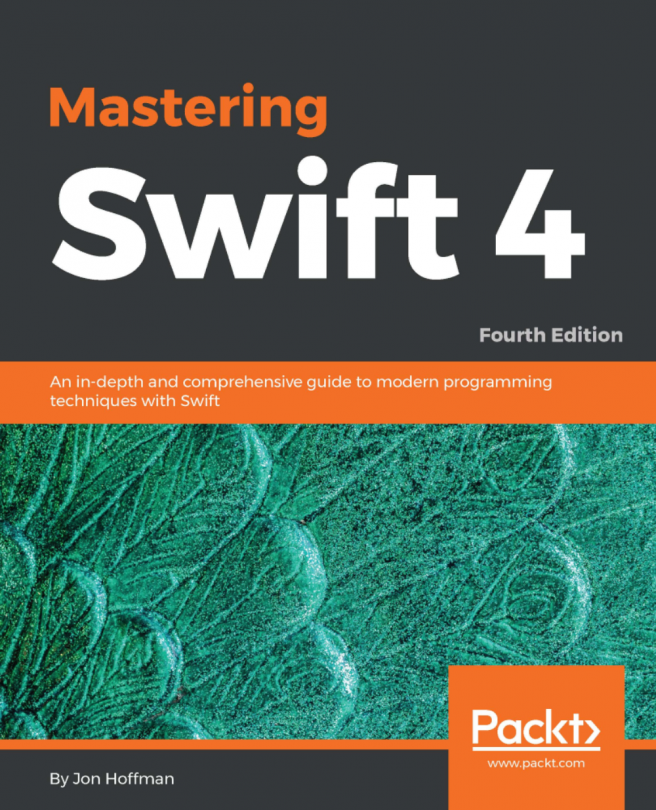Creating mutable classes
So far, we have worked with different types of properties. When we declare stored instance properties with the var keyword, we create a mutable instance property, which means that we can change their values for each new instance we create. When we create an instance of a class that defines many public-stored properties, we create a mutable object, which is an object that can change its state.
Note
A mutable object is also known as a mutating object.
For example, let's think about a class named MutableVector3D that represents a mutable 3D vector with three public-stored properties: x, y, and z. We can create a new MutableVector3D instance and initialize the x, y, and z attributes. Then, we can call the sum method with the delta values of x, y, and z as arguments. The delta values specify the difference between the existing and new or desired value. So, for example, if we specify a positive value of 30 in the deltaX parameter, it means we want to add 30 to the X value...









































































